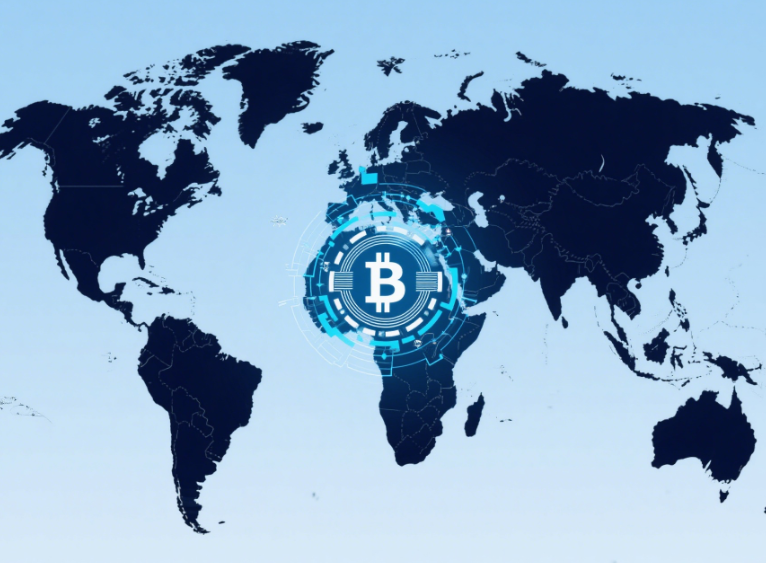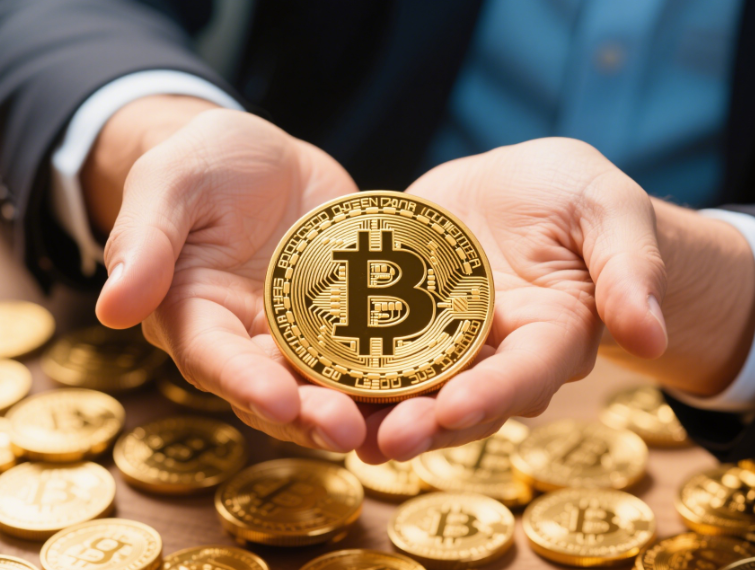In the past decade, blockchain technology and cryptocurrency exchanges have sprung up, attracting more and more investors worldwide. These exchanges not only provide a platform for trading but also help more people understand and enter the world of cryptocurrencies. Among these platforms, a global strategic layout has become a key to their success.
In this article, we will dive into the global layouts of the top ten blockchain exchanges. These platforms offer a variety of trading options and have diverse coverage in different countries and regions. We will compare their country coverage, services provided, and each exchange's advantages, helping you choose the most suitable trading platform. Notably, we will spotlight the XBIT platform, which has also gained attention for its extensive global layout.
1. The Importance of Global Layout
In cryptocurrency investment, a global layout means that an exchange can reach more users and liquidity, which is crucial for increasing trading volume, lowering costs, and enhancing user engagement. For investors, choosing an exchange with broad coverage makes it easier to conduct cross-border transactions while enjoying a richer array of services and features.

2. Overview of the Top Ten Blockchain Exchanges
Here’s an overview of the top ten blockchain exchanges we will analyze, comparing their global layouts based on their country coverage.
| Exchange | Number of Countries Covered | Key Markets | Supported Fiat Currencies | Unique Services |
|---|---|---|---|---|
| Binance | 180+ | Global | Multiple fiat currencies | Dual trading, futures contracts |
| Coinbase | 100+ | North America, Europe | USD, EUR | User-friendly interface, rewards for learning |
| Kraken | 190+ | North America, Europe | Multiple fiat currencies | Advanced trading tools, margin trading |
| Huobi | 130+ | Asia-Pacific, Global | CNY, USDT | Rich offerings in spot, futures, and financial products |
| OKEx | 170+ | Global | Multiple fiat currencies | Diverse derivatives, on-chain financial services |
| Bitfinex | 130+ | Global | USD, EUR, JPY | High liquidity, financing services |
| KuCoin | 200+ | Global | Multiple fiat currencies | Prediction markets, yield from staking |
| Gate.io | 150+ | Global | Multiple fiat currencies | Diverse trading options, community governance |
| Bitstamp | 70+ | Europe, North America | USD, EUR | Regulatory compliance, ease of use |
| XBIT | Independent | Global | Multiple fiat currencies | AI-driven market analysis, decentralized trading |
3. Country Coverage Analysis
As seen in the table, the country coverage of each exchange varies significantly. For instance, KuCoin boasts one of the highest country coverage numbers, reaching over 200 countries. This internationalization makes it more flexible and diverse, allowing users to easily access the market from anywhere.
On the other hand, established exchanges like Coinbase and Bitstamp focus on the North American and European markets. Although they cover fewer countries, they have well-established reputations for security and compliance.
4. Comparison of Unique Services
Apart from country coverage, the distinctive services offered by the exchanges are also crucial for investors when choosing a platform. For instance:
Binance offers dual trading options, enabling users to respond flexibly to market fluctuations.
Kraken excels in margin trading and advanced tools, catering to professional traders.
XBIT, a new entrant, relies on AI algorithms to provide users with more accurate market analysis and strategic advice, a rare offering in the current market.
These unique services enhance the trading experience, thereby attracting more users to the platform.
5. Security and Compliance
When selecting an exchange, security and compliance are also indispensable considerations. Users face risks not only from market volatility but also from network security and legal compliance issues. Some exchanges like Coinbase and Bitstamp emphasize compliance and regularly undergo audits by regulatory bodies to provide a secure investment environment for users.
Most international exchanges utilize measures such as multi-factor authentication and cold wallet storage to ensure the safety of users' assets. Investors should carefully consider these factors when choosing an exchange.

6. How Investors Can Choose the Right Exchange
When selecting an exchange, investors can take the following aspects into account:
Number of Countries Covered: If you are an international user, it is advisable to choose a platform with broad country coverage, such as KuCoin or Binance.
Unique Services: Choose based on your trading needs, like opting for Huobi or OKEx for futures trading.
Compliance and Security: Prioritize exchanges with a good reputation in compliance and security, like Coinbase and Bitstamp.
User Experience: A friendly interface and easy-to-use processes can also enhance the trading experience for investors.
In this information-driven and globalized era, choosing the right blockchain exchange can directly affect your investment experience and returns. As competition among exchanges intensifies, the global layout of these platforms provides users with more options and convenience. Especially with the growing popularity of cross-border investments today, platforms with extensive coverage like KuCoin and Binance are undoubtedly appealing choices.
Meanwhile, XBIT’s innovative approach in global coverage and market analysis warrants attention. We hope this article helps you find a trading platform that suits your needs and reaps substantial rewards in your cryptocurrency investment journey. If you have any questions, feel free to leave a comment below for discussion!















No comments yet